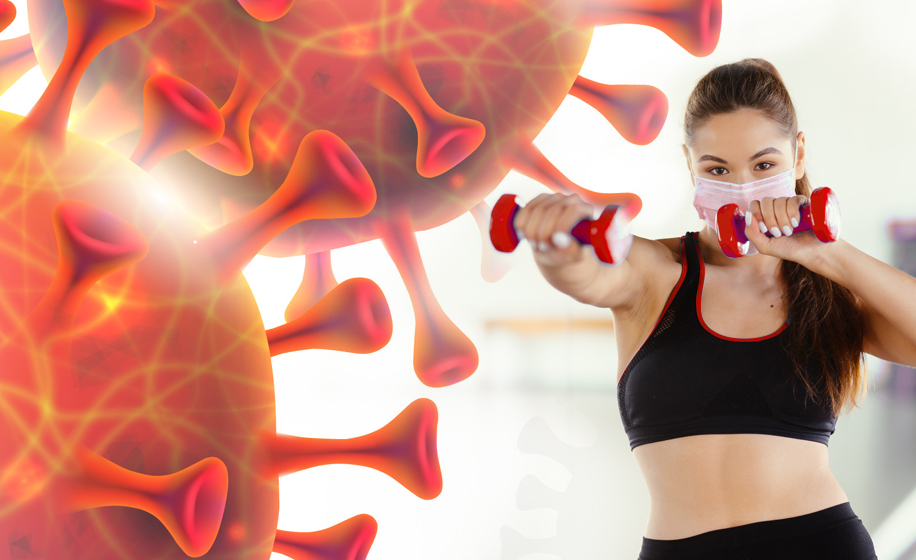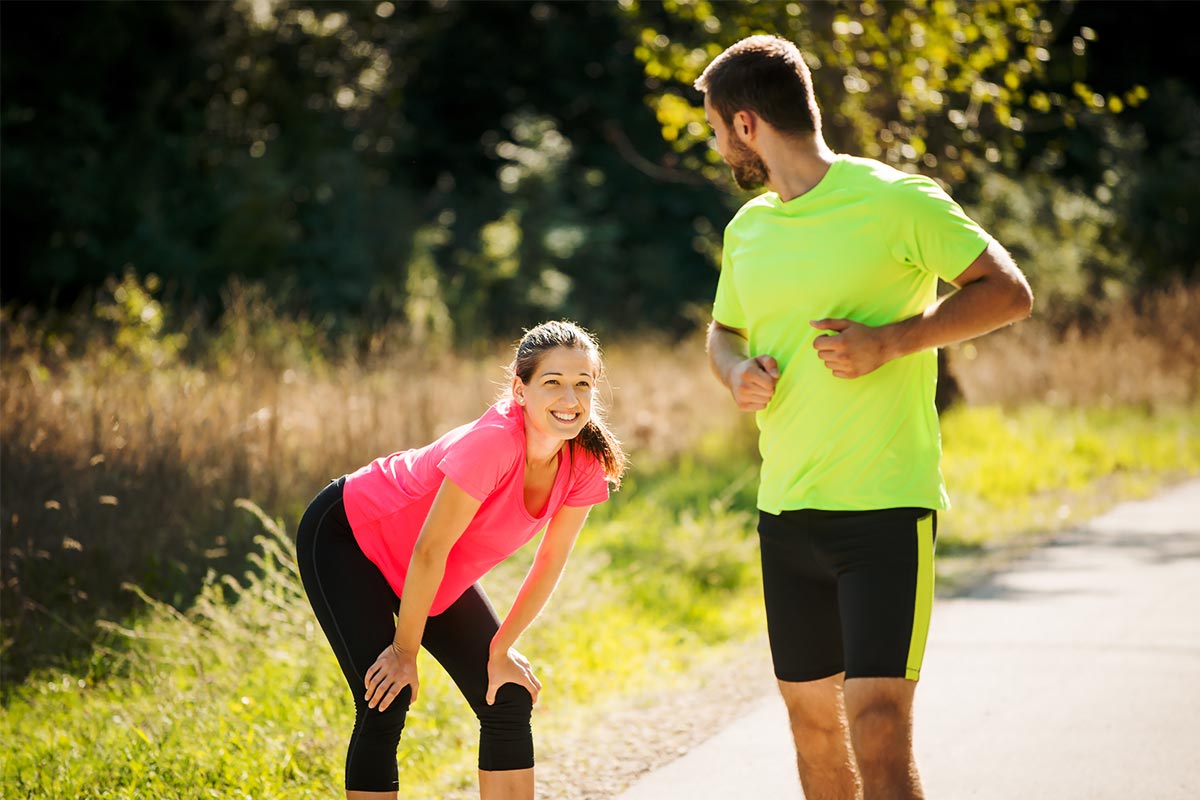Our Blog

How to Return to Exercise if You’ve Had COVID-19

Are you facing difficulties or doubtful about returning to your daily workout routine after being exposed to Covid-19?
You are probably eager for getting back on the sports field or continue your workout regimen, no matter if you are an athlete, student, or a sporty person who’s already cured of COVID-19. You could be asking what are the things that can be done by you when you are waiting out the virus if symptoms are not visible to you or if the symptoms are mild.
Let us see what sports physician experts have recommended and guided for people who had covid to return to a workout regime.
Unknown Impacts of Covid-19
People definitely have more knowledge about the Covid-19 virus than when the virus first emerged. However, the impact of the virus in long term is still not completely known to us. Although we are aware of the fact that Covid-19 can cause heart damage, damage to the brain, and severe damage to the kidneys and lungs. Still, there is no means to specify or forecast whom it may affect. Certain people may also endure persistent symptoms such as cough and shortness of breathing. Additionally, muscular cramps, lack of strength, and weariness are all absolutely unacceptable among active individuals and athletes.
The fact is that this virus can have a severe or mild impact differently in different people. This is particularly the case for active people because it is hard to predict how long someone may be affected by the virus once they have recovered. Several individuals would be alright and would be ready to commence their usual workout regimen. Whereas others can discover that fitness in workout activities of them is no longer what it once was.
Having returned to the activity will most probably be a gradual and patient procedure for most active persons and athletes. You must consult with a physician to ensure that you are growing properly and that your issues are being monitored.
Restrictions in Exercise in Quarantine and Isolation
If you’ve been infected with COVID-19, you will have to isolate yourself. Quarantine is the process of separating and restricting the movements of individuals infected with a dangerous disease in order to observe the extent of their illness. Sportsmen and people active are allowed to work out in isolation by adhering to the rules. Hitting the gym or practicing is no longer an option. Alternatively, they can seek exercises that can be done at home. Even when a sportsman at the time of quarantine becomes ill, they must stop working out instantly.
You would be quarantined if you have been tested positive for COVID-19. Isolation is a method of separating sick persons with contagious diseases from healthy ones. People who are isolated must not get out of their houses or isolated places unless it is urgent. Isolating the sick person to a particular room as well as protecting through masking all other healthy household members can be the measures that can be taken. Sportsmen in isolated rooms should avoid conducting any workout until the persons have been freed from seclusion and authorized to begin the activities by a health professional.
Timing of Returning to Athletics or Exercise
When an athletic or sporty person is infected by COVID-19, such individuals should avoid all physical exercise. They must prioritize relaxation, hydration, adequate nourishment, and adhering to their medical specialists’ recommendations. The length of time it takes to return to activity or sport depends on how light, medium, or serious the condition had been. Irrespective of signs, all sportsmen and persons who exercise who catch the disease COVID-19 need to rest for at least a total of ten days.
Post 10-days period of isolation, if a sportsman has only minor sickness or tested positive despite having any illness, they can contemplate resuming exercise. The sportsman may pursue a cautious resumption of exercise after the window of 10-day is elapsed, but indications should not be present. Before returning to any sort of physical activity, a sportsman must be assessed by a health professional if they’ve had a severe or profound sickness like if such person has been hospitalized.
Exercise Stages to Follow
There are 7 stages that can be followed by a sportsman or an active person to return to exercise after recovering:
Stage 1
After 10 days of isolation, the individuals should be authorized by medical professionals to begin their workout regime. They should not have any other symptoms than taste and smell before returning to exercise.
Stage 2
After clearing stage 1 the individuals can start with light exercises such as light jogging, walking, or stationary biking. The maximum heart rate increase during these exercises should be no more than 70%. The exercises should be done 2 days a week and should last no more than 15 to 20 minutes a day.
Stage 3
In stage 3, exercises with body weight, running drills, and circuit training can be done by the individuals. The maximum heart rate increase during these exercises should be no more than 80%. The exercises should be done 1 day a week and should last no more than 20 to 30 minutes a day.
Stage 4
In stage 4, the individuals can start doing a bit more complicated exercises such as lifting weights and running. However, the maximum heart rate should not exceed more than 80% and exercises should be done once a week and should last 1 hour.
Stage 5
In this stage, the individuals can start doing moderately intense exercise. They can do participate in running and no contact sports. The maximum heart rate should not exceed more than 80%, it should be done twice a week, and should last 1 hour.
Stage 6
In this stage, the individuals can resume their normal workout regime once a week.
Stage 7
In the last stage, the individuals can start doing the exercises or participate in the competition without any restriction.
Final Takeaway
The major things that should be kept in mind by the recovered individuals before returning to the exercise regime are that they should pay attention to their own bodies. Additionally, at first, they should go easy on themselves, and have patience through the process.







